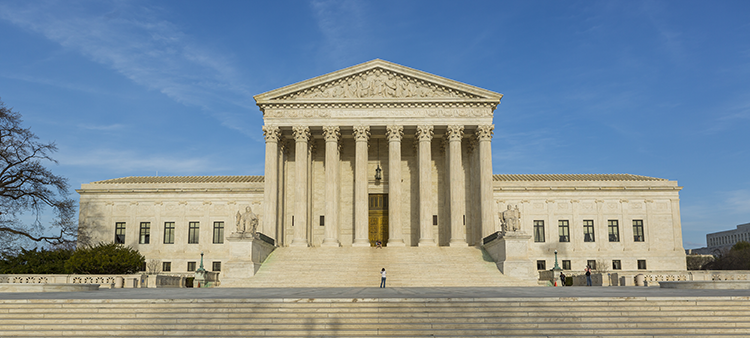Rehnquist Led 'Seismic Shift' on Supreme Court, Chief Justice Roberts Says
The late William H. Rehnquist was one of the most important leaders the U.S. Supreme Court has ever had, the former Rehnquist clerk who followed in his footsteps and became the nation’s chief justice said in a lecture at the University of Arizona’s law school today.
After Rehnquist, who was then 47, joined the court in 1972, and particularly after he was made chief justice in 1986, he became a catalyst for a “seismic shift” in its analysis and arguments to “the more solid grounds of legal arguments—what are the tests of the statutes involved, what precedents control,” said Chief Justice John G. Roberts Jr.
Roberts also credited the current court’s record-breaking lineup—every member was formerly on the U.S. Court of Appeals bench—for its focus on “a more legal perspective and less of a policy perspective,” reports the Associated Press.
Roberts spoke as well about Rehnquist’s characteristic approach to his judicial work—and reminisced about his personal quirks. At one point, Roberts said, Rehquist didn’t attend a presidential State of the Union address because it would have required him to miss a watercolor class at the local YMCA.
“Rehnquist explained that he had paid $25 to sign up for the class, and he wasn’t going to miss one of the sessions,” Roberts recounted.
Related coverage:
Associated Press (2005): “Rehnquist And Roberts Shared Bond”



